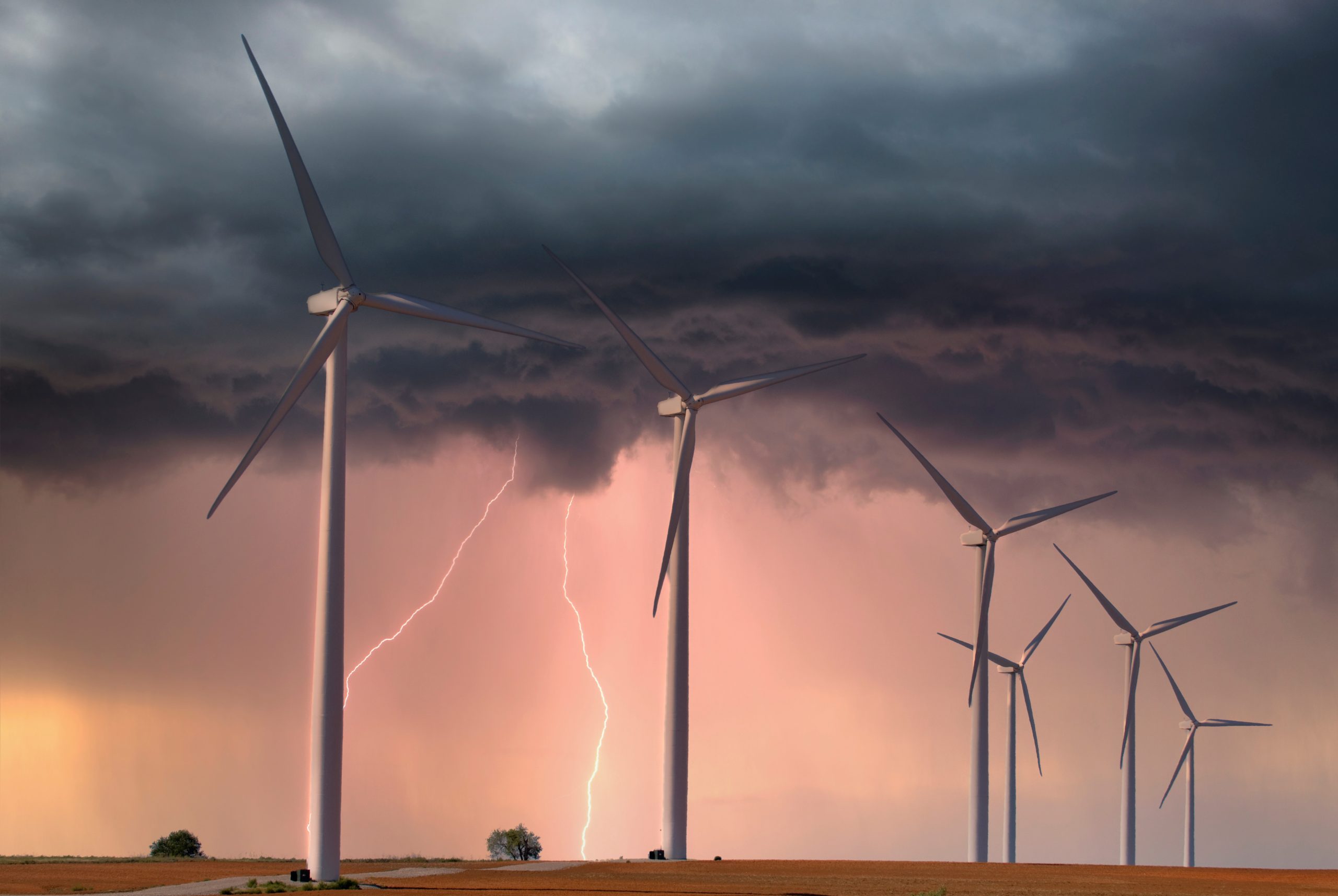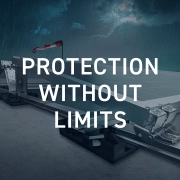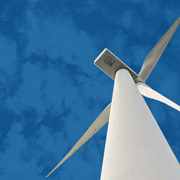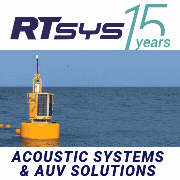Wind turbine operators are facing a growing challenge as turbine blades increase in size: more frequent and severe lightning damage, particularly in lightning-prone regions like the US Midwest. GE Vernova’s 2.X-116 and 2.X-127 turbine blades have proven to be especially vulnerable, with their lightning protection systems (LPS) struggling to safely capture and divert lightning strikes to ground. The consequences are significant: repeated blade punctures, expensive repairs, and prolonged turbine downtime.
The GE Vernova blade problems are not born from design issues, but rather a complex mix of three elements. First, longer turbine blades are generally certified through similarity with older, shorter blades whose lightning risk is much lower. Next, the US Midwest generates massive thunderstorms that produce hail, tornadoes, and thousands of complex lightning strikes. Finally, the 2019 IEC lightning standard does not address the types of turbine-damaging strikes that occur in the US Midwest.
I want to preface this article with a little background on my education, work, and experience with GE. My first career after college was with GE AstroSpace, designing spacecraft that connected the world together with data, weather forecasts, and GPS location information.
In addition, I worked on the color cameras that captured images from the Space Shuttle high above the Earth. Early in my tenure at GE AstroSpace, I was assigned to the company’s elite Edison Engineering Program, and those teachings guide my approach to solving engineering problems, including the one in this article.























